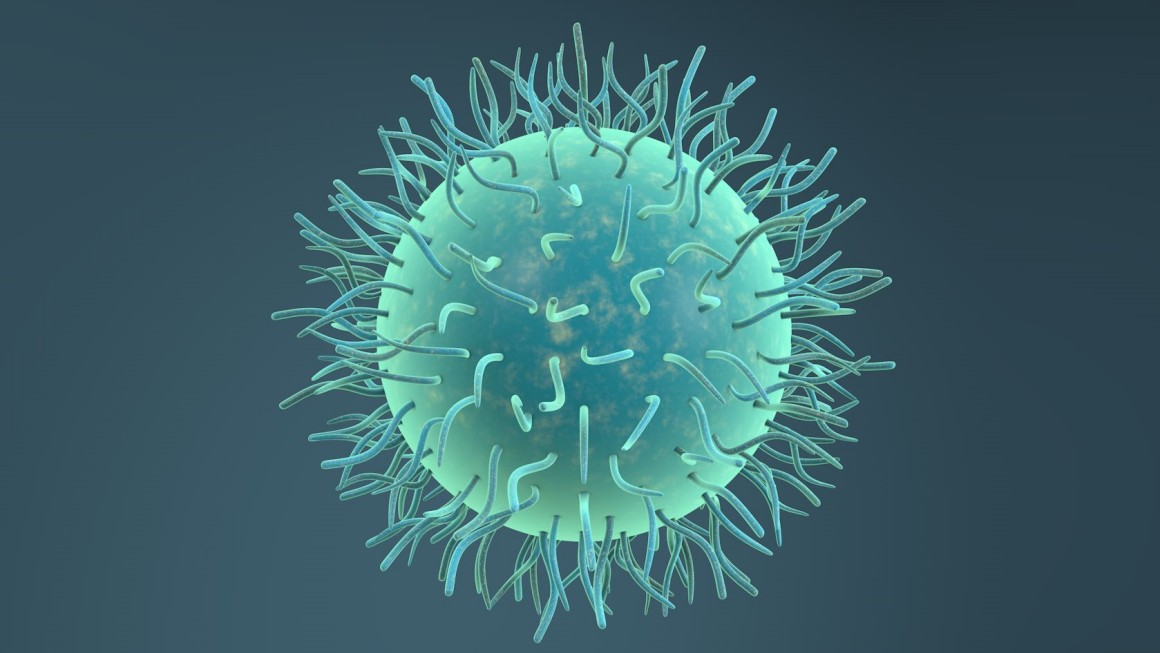As a promising therapeutic reagents delivery method, lipid nanoparticles (LNPs) has brought about a great impact in the pharmaceutical filed. LNPs offer a platform for precise drug delivery and they can be applied in medicine, medical imaging, cosmetics, nutrition, agriculture and other various fields. LNPs are capable of effectively encapsulating and transporting therapeutic payloads, for instance, they can be used as an essential component of the COVID-19 mRNA vaccines. Therefore, they have attracted the attention all over the world. In this article, we will introduce the progress of LNPs from liposomes to advanced structures, such as solid lipid nanoparticles and nanostructured lipid carriers. In addition, we will talk about their applications, latest progress and our efforts to promote their development.
The Application of Lipid Nanoparticles in Therapeutic Delivery
Liposomes played an important role in the advancement of nanomedicine delivery system. They are the initial iteration of LNPs. Such spherical structures consisting of lipid bilayers showcased the ability of encapsulating both hydrophobic and hydrophilic therapeutic compounds. With the advantages of biocompatibility, controlled release of drugs, and the ability of targeting specific cells or tissues, liposomes are available in medical practices.
On the basis of liposomes, scientists invented advanced LNPs with enhanced characteristics – solid lipid nanoparticles (SLNs) and nanostructured lipid carriers (NLCs) which indicate the LNPs have been developed to the next stage. SLNs, consisting of solid lipids, provide enhanced stability and controlled release of drugs. On the contrary, adopting the mixture of solid and liquid lipids, NLCs is able to improve encapsulation efficiency hence increase drug loading capacity. These advanced LNPs are likely to enhance the effectiveness and precision of delivering therapeutics.
LNPs focus on genetic interventions in therapeutics. Nucleic acid-based treatments, such as RNA interference (RNAi) and gene editing, need effective delivery systems to reach the targeted cells. LNPs’ prospect in delivering nucleic acids, such as small interfering RNA (siRNA) and messenger RNA (mRNA), to specific cells and tissues, showcases their power in targeted gene-based therapies.
Applications of LNPs in Other Fields
Drug delivery: With the ability of encapsulating various kinds of drugs, like small molecules, proteins, and nucleic acids to protect them from degradation and enhance their availability, LNPs have improved the effectiveness and precision of therapeutic reagents in drug delivery. In addition, LNPs can be further customized by targeting ligands or surface modifications to precisely deliver drugs to appointed cells or tissues. It can reduce off-target and improve therapeutic effect.
Medical imaging: LNPs are available in the field of medical imaging. LNPs can be used in different imaging methods through the integration of imaging agents, including magnetic resonance imaging (MRI) and fluorescence imaging. Such LNPs are necessary for achieving the non-invasive visualization of targeted tissues or disease indicators, thereby making disease diagnosis and monitoring easier.
Nutrition: LNPs have been provenpractical in the field of nutrition. LNPs’ ability to improve their solubility, stability, and absorption in vivo by encapsulating compounds with biological activity, vitamins and nourishments etc., provide the functional food or dietary supplements with high bioavailability and ensure the efficient delivery of vital nutrients to stay
Nanoreactor: LNPs can beemployed as nanoreactors for chemical reactions. LNPs can create a controlled platform for chemical transmation by the encapsulation of catalysts within their structures. They can enhance the efficiency and selectivity of the reaction. In addition, nanoreactors have the potential to change the industrial processes, from pharmaceutical synthesis to chemical manufacturing.
LNPs offered an effective way to deliver various kinds of therapeutic agents in the field of therapeutic delivery. Researchers have a deeper understanding of the structures and properties of LNPs, including solid lipid nanoparticles (SLNs) and nanostructured lipid carriers (NLCs). With precise control over drug delivery, LNPs make targeted treatment of a variety of diseases possible. Moreover, in addition to the field of medicine, the applications of LNPs have been expanded their applications to medical imaging, cosmetics, nutrition, agriculture, and even as nanoreactors.




